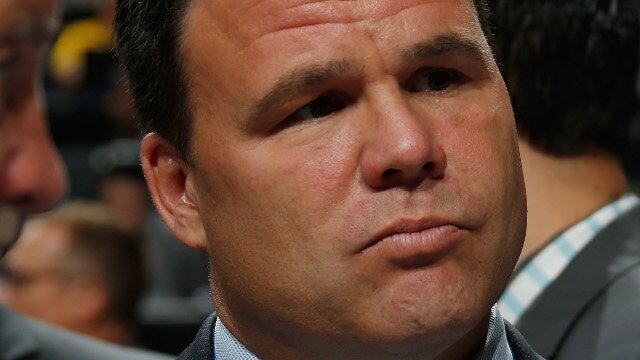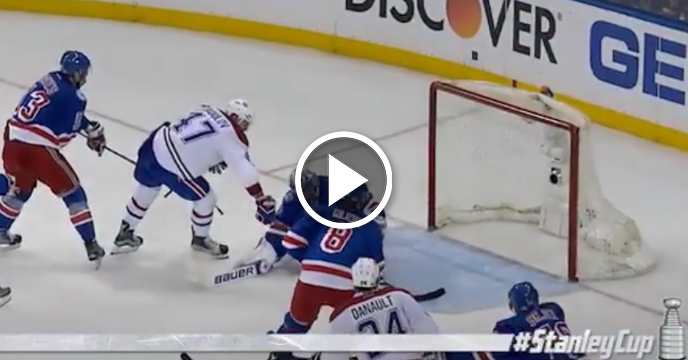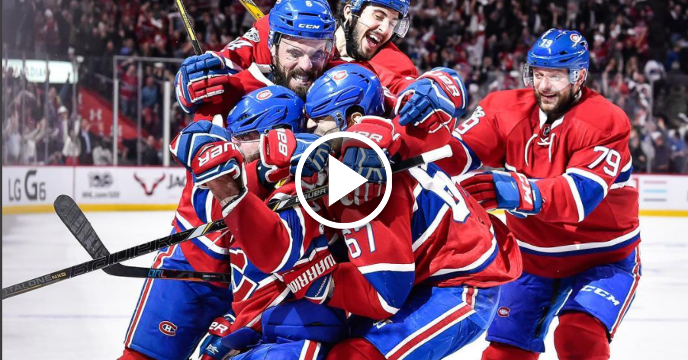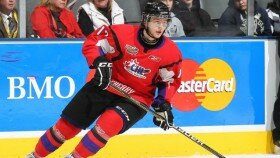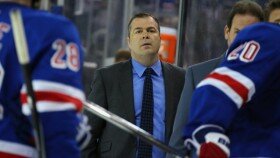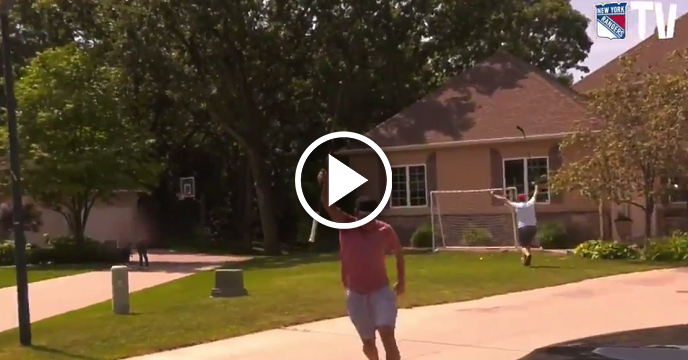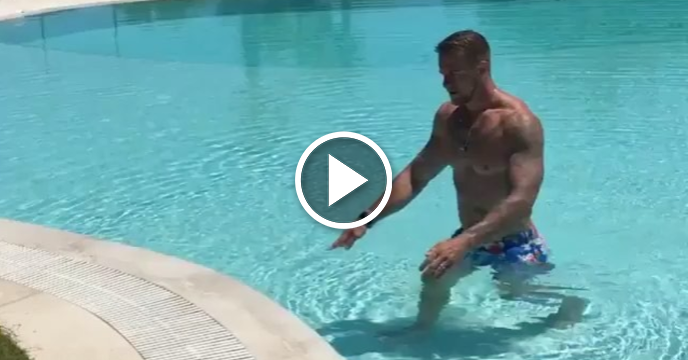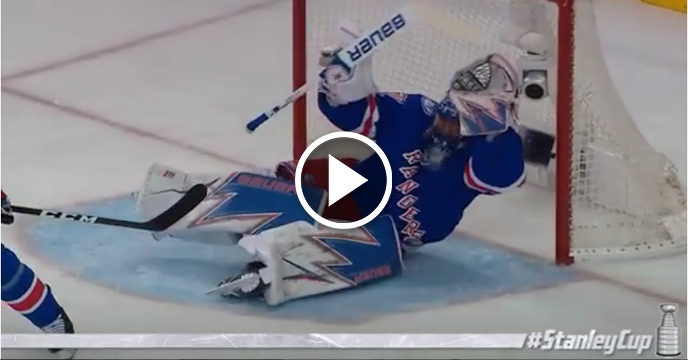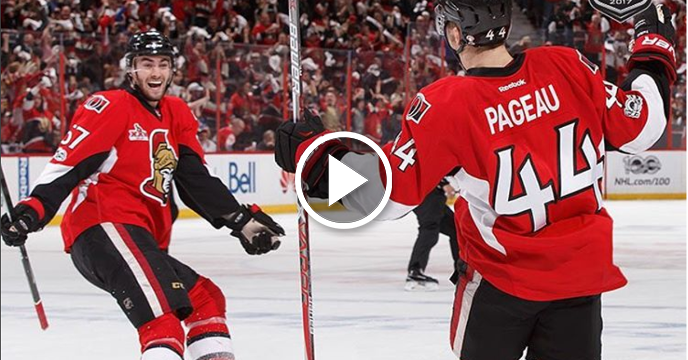The NHL offseason is still young, but the New York Rangers are off to a good start. After the initial sting of losing Keith Yandle, and with minimal cap space and little to no flexibility to make a major free agent signing, GM Jeff Gorton went to the bargain basement, and came away with favorable results.
At the draft, he traded for defenseman Nick Holden from the Colorado Avalanche, a durable left-handed blueliner that could slot in to the second or third defensive pairing. Then, in free agency, Gorton finally found an adequate replacement for Carl Hagelin in Michael Grabner, a speedy penalty killing specialist that also provides secondary scoring. Then, to boost the penalty kill and the bottom-six forward lines, Gorton signed Nathan Gerbe. Grabner comes at a cap hit of $1.6 million annually, while Gerbe’s hit will only be $600,000.00 for one season.
These are solid, necessary moves for the Rangers, whose penalty killing nearly cost them a playoff berth last season. Right now, though, as it stands, the Rangers are, at best, a marginal playoff team. Last season, they only made the playoffs based off another brilliant season from Henrik Lundqvist. With the rest of the Eastern Conference much improved, who knows if they’ll be so lucky again? Much, much more work needs to be done by Gorton to get the team to where it needs to be.
Rumors are that at the draft, Gorton had a deal in place at the draft with the Edmonton Oilers to acquire the fourth-overall draft pick, but it fell through. So it isn’t as if he isn’t being aggressive. It’s just that he will need to channel that aggressiveness to get a major deal or two done as the offseason progresses, and with the roster constructed the way it is, it will need to happen. If the Rangers go in to next season with their current roster, don’t expect a playoff appearance.
Barring any inclusion in said trade, all major restricted free agents are expected to be signed: Chris Krieder, J.T. Miller, Dylan McIlrath, and Kevin Hayes. That is the easy part.
The difficult part will be freeing up cap space and remaking the top-six forwards.
Love him or hate him, Rick Nash will need to be traded. He is 32 and has two years remaining on his contract at a cap hit of $7.8 million, but he can be had at the right price, and teams should be interested in him. Gorton will also need to find a way to trade Marc Staal or Dan Girardi. Staal is the most likely candidate; he would most certainly waive his no-trade clause to play with brother Jordan in Carolina or Eric in Minnesota. Girardi is a little more difficult. A buyout would make zero sense in terms of the cap, and no team may want to assume a huge contract for, statistically, one of the worst defensemen in the league last season. The Rangers may be stuck with him until next offseason, when he can be jettisoned to Las Vegas in the expansion draft. In return, the Rangers will need both a top-six forward and a top-pair defenseman, especially to replace the departed Yandle.
And then there’s Jimmy Vesey. Vesey is a highly touted left-wing prospect that projects as a top-six forward in the NHL. Like his good friend and former college teammate Kevin Hayes before him, there will be a bidding war for Vesey’s services if he doesn’t sign with the Buffalo Sabres before August 15th. The Rangers are expected to be major players for Vesey, and for a team that needs a scoring boost, he could be a perfect fit. Hayes may be the ace in the hole in terms of the recruitment process.
Without any seismic shifts, the first portion of the offseason is complete. Expect a much bumpier ride in the next two months. For the Rangers to be contenders again, we may need to see an earthquake.
 Share
Share 

